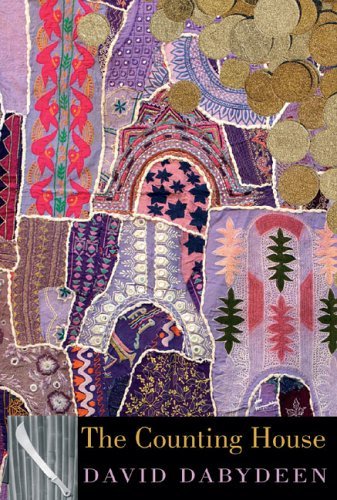What do you think?
Rate this book


Unknown Binding
First published January 1, 1996
In the ruined counting house of Plantation Albion, British Guiana, three small parcels of materials survive as the only evidence of the 19th century Indian presence. The first 2 parcels consist mostly of lists of Indian names, accounts of the wages paid to them, and scraps of letters. The contents of the 3rd parcel are a cow skin purse, a child’s tooth, an ivory button, a drawing of the Hindu god Rama haloed by seven stars, a set of iron needles, some kumari seeds, and an empty tin marked ‘Huntley’s Dominion Biscuits’, its cover depicting a scene of the Battle of Waterloo.